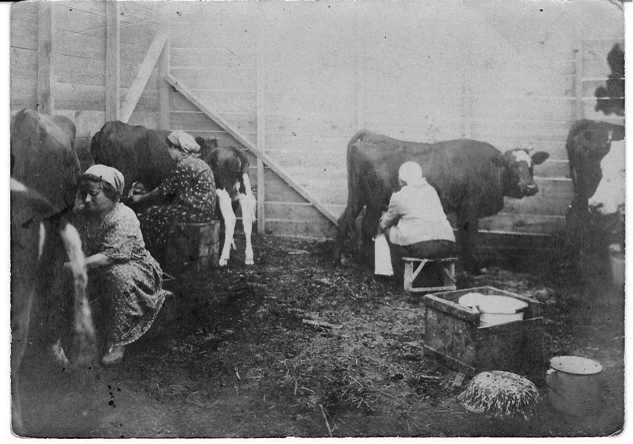May 26, 1924
Between 1880 and 1920, more than 20 million immigrants entered the United States, including more than 2 million Jews. Xenophobia and fear of competition for jobs and land prompted Congress to pass the 1924 Immigration Act. The outbreak of World War I had caused immigration to decline, yet Congress continued to pass restrictive immigration laws that required literacy tests and established quotas. Although immigrants were critically needed for America’s rapid industrialization and expansion, large-scale immigration was met with great trepidation.
The 1924 Immigration Act restricts immigration from any country to 2% of that country’s residents in the United States as of the 1890 census (before the immigration boom in the last decade of the 19th century and first decade of the 20th). If, for example, the 1890 census recorded 100 residents who came from Country X, only two immigrants from that country are permitted per year from 1924 forward.
The law is intentionally restrictive for immigrants from Eastern and Southern Europe, from which large numbers had immigrated to the United States after 1890. These regions have high concentrations of Jews facing persecution and desperate to leave, and now they have to make alternate plans. As a result, many European Jews make aliyah to the Land of Israel.
Between 1924 and 1929, the period known as the Fourth Aliyah, 82,000 Jews immigrate to Palestine, the largest number since the beginning of the modern Zionist movement. The Fourth Aliyah is critical for the continued development of the Jewish state-in-the-making and has a major impact in the emerging urban areas.









